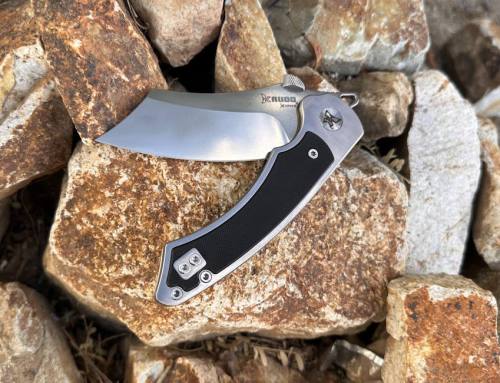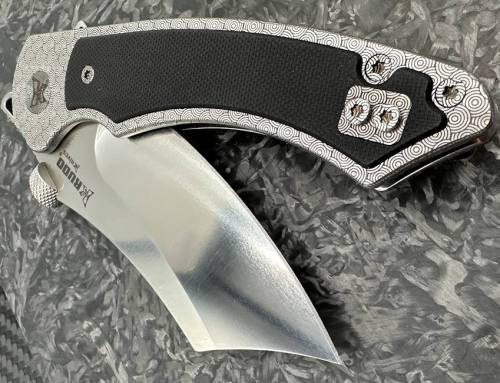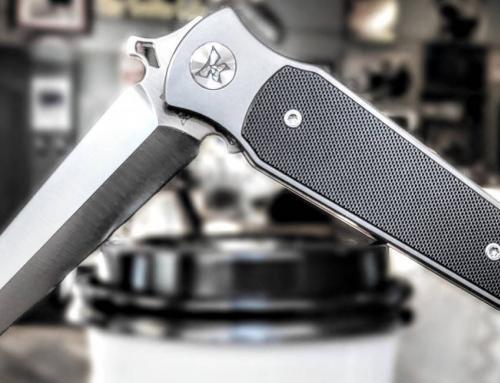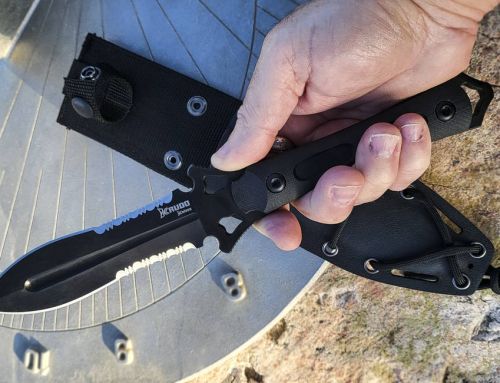Responsible knife owners don’t think of their blades as a “weapon,” they think of it first and foremost as a tool. Thus, they don’t often consider carrying a concealed knife a big deal.
But decades of movies – and the actions of a relatively small number of criminals – have made “weapon” the first thing many people (not blade owners) think of when they think of knives.
Point is, you might feel completely comfortable walking around with your blade. However, you may unknowingly break a local law by doing so.
All knife owners should have a thorough understanding of the laws regarding knives. This includes, where they can be carried and what type of blade is legal.
Federal Laws on Knives
There is actually only one federal law regarding knives: the 1958 Switchblade Knife Act.
The act governs only those carrying knives across state lines or into a federal facility. Basically, it covers the use of switchblade knives. A switchblade is defined as any knife that opens automatically when pressure is applied to a button or through “inertia, gravity or both.”
The law makes it illegal to manufacture switchblade knives for interstate commerce. It also covers manufacturing, selling or possessing a switchblade knife within any territory possessed by the United States.
In 2009, Congress amended the law to add ballistic knives. This makes it illegal to manufacture, sell or possess them on federal land. The law also mandated at least a five-year prison term for anyone who commits a crime with a ballistic knife.
While interesting, it is doubtful federal law will have much of an effect on most knife owners.
Local Laws
It’s important to find out what the laws are in your local area. Laws on weapons in general and knives in particular can vary greatly from location to location – so do your homework.
To find out local laws, it’s best to search online or simply call the county or city clerk’s office and let them know the information you are trying to find. They can steer you in the right direction. You can also call local police agencies directly.
State laws also vary, but the American Knife & Tool Institute has put together a list of state laws governing knives. You can find it here. Even after checking out that list, it’s still best to contact the state and find out the latest changes where you live. State legislatures meet every year, and news laws are written all the time.
Two Common Sense Rules on Carrying a Concealed Knife
Regardless of what the exact law is in your area, there are a couple of common sense rules to follow to keep out of trouble when you carry a concealed knife.
Always off limits. No matter where you are or what kind of knife you are carrying, it’s illegal to carry knives into schools, government buildings and airplanes.
Legal most places. Smaller knives with blades of less than 3 inches, are typically good to carry anywhere else. Outside of the above mentioned places, of course. But again, this depends on city, county and state laws.
Keep these two rules in mind and it’s a good place to start. But you’ll still want to track down the specific rules about carrying knives – concealed and otherwise – in the state, county and city where you live.







Leave A Comment